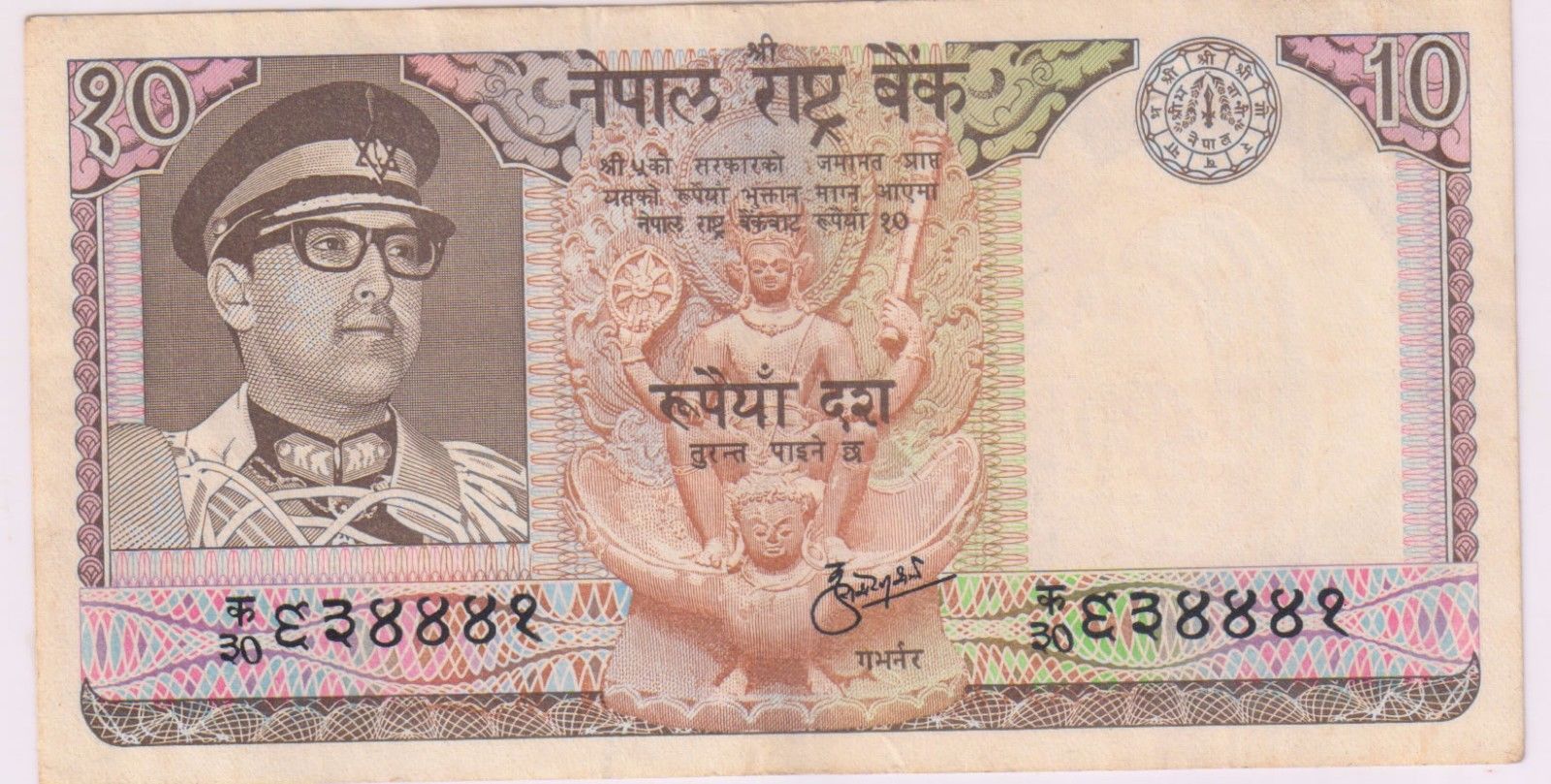Nepal officially the Federal Democratic Republic of Nepal (Nepali: सङ्घीय लोकतान्त्रिक गणतन्त्र नेपाल), is a landlocked country in South Asia. It is mainly situated in the Himalayas, but also includes parts of the Indo-Gangetic Plain, bordering Tibet of China to the north, and India in the south, east, and west, while it is narrowly separated from Bangladesh by the Siliguri Corridor, and from Bhutan by the Indian state of Sikkim. Nepal has a diverse geography, including fertile plains, subalpine forested hills, and eight of the world's ten tallest mountains, including Mount Everest, the highest point on Earth. Nepal is a multi-ethnic, multi-lingual, multi-religious and multi-cultural state, with Nepali as the official language. Kathmandu is the nation's capital and the largest city.
Nepal is a collision zone. The towering Himalaya Mountains attest to the colossal tectonic force of the Indian Subcontinent as it plods into mainland Asia. Nepal also marks the collision point between Hinduism and Buddhism, between the Tibeto-Burmese language group and the Indo-European, and between Central Asian culture and Indian culture. It's little wonder, then, that this beautiful and diverse country has fascinated travellers and explorers for centuries. Capital: Kathmandu.
Population
Nepal is home to nearly 29,000,000 people. The population is primarily rural (Kathmandu, the largest city, has less than 1 million inhabitants). Nepal's demographics are complicated not only by dozens of ethnic groups but by different castes, which also function as ethnic groups. In total, there are 103 castes or ethnic groups. The two largest are Indo-Aryan: Chetri (15.8% of the population) and Bahun (12.7%). Others include Magar (7.1%), Tharu (6.8%), Tamang and Newar (5.5% each), Muslim (4.3%), Kami (3.9%), Rai (2.7%), Gurung (2.5%) and Damai (2.4%).Each of the other 92 castes/ethnic groups make up less than 2%.
Official Languages
According to Nepal's constitution, all of the national languages can be used as official languages. There are over 100 recognized languages in Nepal. The most commonly used are Nepali (also called Gurkhali or Khaskura), spoken by nearly 60 percent of the population, and Nepal Bhasa (Newari). Nepali is one of the Indo-Aryan languages, related to European languages Nepal Bhasa is a Tibeto-Burman tongue, part of the Sino-Tibetan language family. Roughly 1 million people in Nepal speak this language. Other common languages in Nepal include Maithili, Bhojpuri, Tharu, Gurung, Tamang, Awadhi, Kiranti, Magar, and Sherpa.
Currency

The Nepalese rupee (Nepali: रुपैयाँ; symbol: रु, ₨; code: NPR) is the official currency of the Federal Democratic Republic of Nepal. The Nepalese rupee is subdivided into 100 paisa. The issuance of the currency is controlled by the Nepal Rastra Bank, the central bank of Nepal. The Nepalese rupee was introduced in 1932 when it replaced the Nepalese mohar at the rate 2:1. The Nepalese rupee (रु) is pegged to the Indian rupee (₹) at the rate रु1.60 = ₹1 since 1994; prior to this, it had been pegged at the rate रु1.45 = ₹1.
Government
As of 2008, the former Kingdom of Nepal is a representative democracy. The president of Nepal serves as chief of state, while the prime minister is head of government. A Cabinet or Council of Ministers fills out the executive branch. Nepal has a unicameral legislature, the Constituent Assembly, with 601 seats. 240 members are directly elected; 335 seats are awarded by proportional representation; 26 are appointed by the Cabinet. The current president is Ram Baran Yadav; former Maoist rebel leader Pushpa Kamal Dahal (aka Prachanda) is Prime Minister.
Religion
Nepal is primarily a Hindu country, with more than 80% of the population adhering to that faith. However, Buddhism (at about 11%) also exerts a lot of influence. The Buddha, Siddhartha Gautama, was born in Lumbini, in southern Nepal. In fact, many Nepalese people combine Hindu and Buddhist practice; many temples and shrines are shared between the two faiths, and some deities are worshiped by both Hindus and Buddhists. Smaller minority religions include Islam, with about 4%; the syncretic religion called Kirat Mundhum, which is a blend of animism, Buddhism, and Saivite Hinduism, at about 3.5%; and Christianity (0.5%).
Climate

Nepal lies at roughly the same latitude as Saudi Arabia or Florida. Due to its extreme topography, however, it has a much wider range of climate zones than those places. The southern Tarai Plain is tropical/subtropical, with hot summers and warm winters. Temperatures reach 40°C in April and May. Monsoon rains drench the region from June to September, with 75-150 cm (30-60 inches) of rain. The central hill-lands, including the Kathmandu and Pokhara valleys, have a temperate climate and are also influenced by the monsoons. In the north, the high Himalayas are extremely cold and increasingly dry as the altitude rises.
Economy
Despite its tourism and energy-production potential, Nepal remains one of the world's poorest countries. The per capita income for 2007/2008 was just $470 US. Over 1/3 of Nepalis live below the poverty line; in 2004, the unemployment rate was a shocking 42%. Agriculture employs more than 75% of the population and produces 38% of GDP. The primary crops are rice, wheat, maize, and sugarcane. Nepal exports garments, carpets, and hydroelectric power. The civil war between Maoist rebels and the government, which began in 1996 and ended in 2007, severely reduced Nepal's tourism industry. $1 US = 77.4 Nepal rupees (Jan. 2009).
Nepalese cuisine














